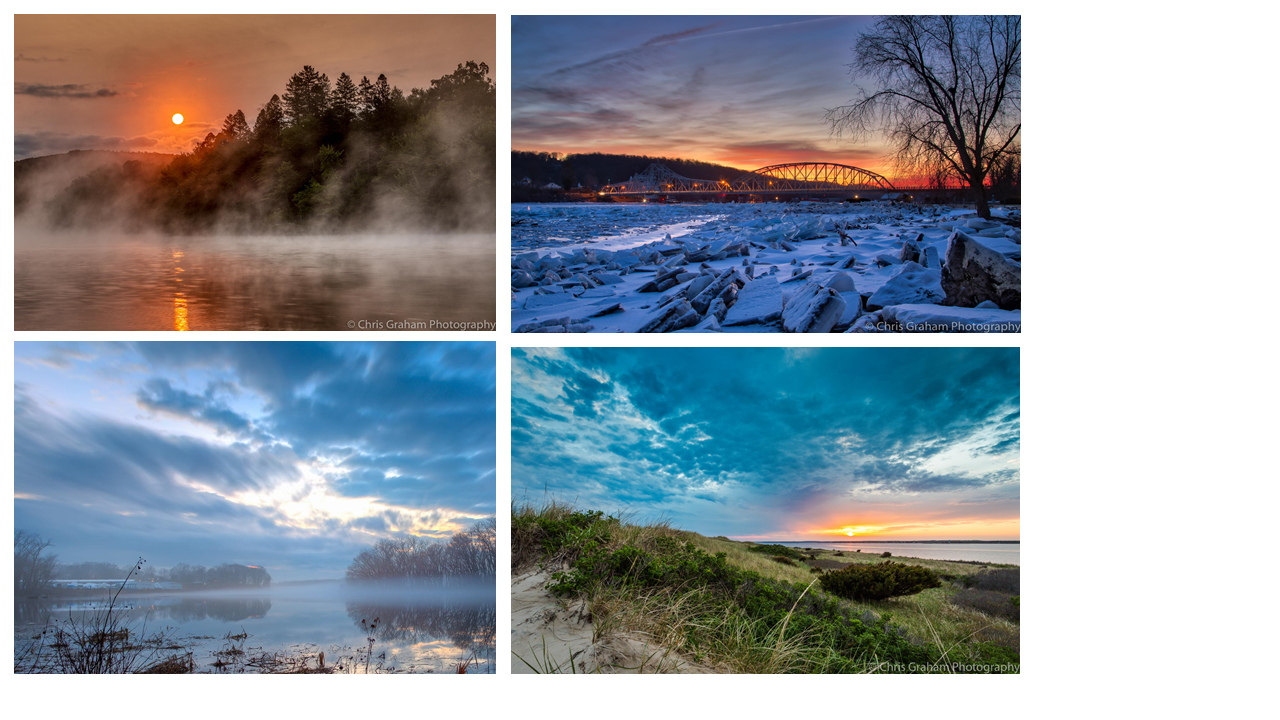 Plans for a new boathouse on Middletown’s riverfront are progressing. DiBattisto Associates LLC and Christina Wasch, Associate AIA, recently presented renderings (shown above) of a proposed new Middletown High School boathouse at the March meeting of the city’s Economic Development Commission. (Right click on the image to open and enlarge it in a new tab.)
Plans for a new boathouse on Middletown’s riverfront are progressing. DiBattisto Associates LLC and Christina Wasch, Associate AIA, recently presented renderings (shown above) of a proposed new Middletown High School boathouse at the March meeting of the city’s Economic Development Commission. (Right click on the image to open and enlarge it in a new tab.)
The Boathouse Building Committee has recommended the least expensive option of the three it originally considered. This proposal retains the Wesleyan boathouse (left) and the current Middletown High School boathouse (center) which would be refurbished for the community rowing program. The additional proposed building (right) would serve the MHS rowing program that has been so successful in recent years.
The next step is for the professional design team to present a quote to develop the plans more fully — to approximately 40% of what would be needed for construction.
Shown below is an aerial rendering of the proposed new building’s footprint (in white) next to the existing boathouses. To the far right is the restaurant located in Harbor Park. To the far left is the area know as Columbus Point, bordered by Sumner Brook.
















 Portland photographer Chris Graham shows us the drama of early morning and evening lighting. Many of his photos can be
Portland photographer Chris Graham shows us the drama of early morning and evening lighting. Many of his photos can be  The grassroots activism to make our streets safer and more comfortable for walkers, bicyclists, wheelchair users, and users of public transit is the “complete streets” movement. Middletown, Portland, and Durham have Complete Streets groups working with their respective towns to achieve improvements that make our streets complete in that sense – suitable for all users.
The grassroots activism to make our streets safer and more comfortable for walkers, bicyclists, wheelchair users, and users of public transit is the “complete streets” movement. Middletown, Portland, and Durham have Complete Streets groups working with their respective towns to achieve improvements that make our streets complete in that sense – suitable for all users.



 After several years of delays, the Jonah Center’s very first vision has been partially realized. The yellow line in the image above shows the new gravel trail that leads to the top of the landfill. The Jonah Center has proposed a loop trail at the top that would lead to the best views, plus a wildlife viewing platform as a destination for bird-watching and to provide a panoramic view of the Floating Meadows, the Arrigoni Bridge, and downtown Middletown.
After several years of delays, the Jonah Center’s very first vision has been partially realized. The yellow line in the image above shows the new gravel trail that leads to the top of the landfill. The Jonah Center has proposed a loop trail at the top that would lead to the best views, plus a wildlife viewing platform as a destination for bird-watching and to provide a panoramic view of the Floating Meadows, the Arrigoni Bridge, and downtown Middletown.
